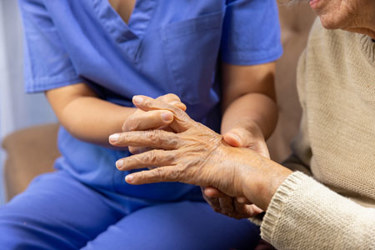Rheumatoid Arthritis: Global Clinical Trial Landscape - Focus On Asia Pacific

When the immune system targets the lining of the joints, also known as synovium, it results in joint inflammation and pain, a characteristic of rheumatoid arthritis (RA). An autoimmune disease with an inflammatory nature, RA typically affects the hands, knees, or ankles, but can also affect the limbs on both sides of the body, as well as other regions, such as the eyes, heart, circulatory system, and/or lungs.1
According to reports, RA can appear between the ages of 30 and 60 in women, and slightly later in men. The chances of contracting RA will weigh on many factors, including genetics, respiratory exposure, hormonal factors, dietary factors, oral health, and lifestyle.2 Hormones from both sexes can also play a role in either preventing or triggering RA.3 In 2017, RA accounted for nearly 20 million prevalent cases and 1.2 million incident cases globally.
While there is no cure for RA, the American College of Rheumatology (ACR) developed clinical practice guidelines for managing the condition, with the most current update issued in 2021. These guidelines intend to assist high-quality clinical care and are offered in either strong or conditional recommendations, meaning that the intervention's advantages outweigh its disadvantages or that there are doubts about the advantages and disadvantages of an intervention.8
Biopharma companies have initiated over 900 ongoing clinical trials in RA since 2016, with the Asia Pacific region involved in approximately 50% of the trials. Access this report to better understand the incidence, distribution, and possible control of RA in the Asia Pacific region, the standard of care, the trial landscape, and more.
Get unlimited access to:
Enter your credentials below to log in. Not yet a member of Clinical Leader? Subscribe today.
